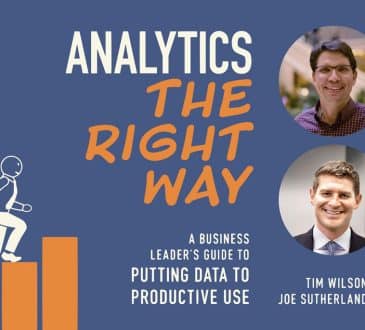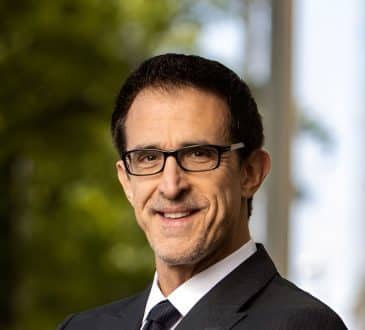Org Charts, Org Charts…. but what’s the real picture out there?

So much more than just boxes and lines. What do we normally see when we look at an Organisational Chart? Boxes. Positions. Specialists. Look again. Structure. Hierarchy. Consequent status. Fill the boxes with the best people and the jobs will be done. The best people will get the best results. It seems simple enough. Why so often then is it just not the case? Why so often is the culture unexplainable poor? Seemingly not fixable?
And how do we honestly know we’re getting the best results? Equally, how do the staff themselves know they’re delivering their best? The answer is we don’t, and they often don’t. But we can, or get close. Surveys won’t do it. Performance appraisals won’t do it. Engagement programs won’t do it either. (Save the company’s money. They don’t work anyway.) You know what else don’t work? Key Performance Indicators, KPIs. Why? They provide a reading against criteria and to a certain level. Again, the measures used for evaluation are someone else’s concept of success or adequacy.
Remember, we’re looking for not just acceptable performance. but peak…
So what is it that’s stopping it? What’s the roadblock? Well, there could be a number of reasons but let me address one of the very biggest, and it’s right in front of us. The Organisational Chart – so often itself the largest contributor.
Of course they are necessary if we’re to avoid total chaos but it’s crucial to remember that, apart from mandated positions, they are really just someone’s (or a group of people’s) concept of a perfect structure to achieve an outcome, and that will be based on previous experience, or theory.
The same can be said of the Position Descriptions (PDs). They too are a similar reflection. These may well have been successful elsewhere of course but let’s return to our questions. How do we know what the real picture is and if we’re witnessing peak performance?
The answer lies in finding out whether our structure and PDs actually work, and to do that, we need a method of removing the restrictions and structure for a moment and getting to the truth.
We have to find out what people would do if they didn’t exist.
When we’ve found that out, we can adjust, incorporate, stop, realign – change.
Think for a moment about what happens in our own private lives. We are free (or should be) to do what we want (so long as it’s acceptable to the community), think what we want, spend less time with family members and friends we’d prefer not to be with, more time with those in the opposite category, talk and plan with those we choose – the lot.
In our professional lives, we want to do those things also, but we have to adhere to boundaries applied by the organisation, by someone else. That’s fair enough. They’re paying our wages. What we do has to be acceptable to our work community. But too often the boundaries are not correct, fit for purpose, perhaps never were or maybe some staff members have outgrown them. Why wouldn’t they? They should. They grow and change also.
I use a very different mechanism; create a very different ‘chart.’ It doesn’t replace the Org Chart, but it most certainly can significantly reshape it. It utilises a genogram methodology. Strange name. It’s a bit like a family tree, but in a work context. The real key though is to source and ask the right questions and most of all, gain the trust of the staff members, and the questions are not the same for all organisations.
Without those factors, it won’t work, but when it does, it really does. Just what are the real professional relationships? Do they match the reporting lines? Are ideas being stifled? We can find out, and so much more, but only if we do this right. If it isn’t done right, it won’t work. Done well, then be prepared to have your eyes opened.
And then of course, we need leaders willing and courageous enough to act.
It’s in the lines…
We just may well have it ‘put together wrong.’ And we have to be humble enough to find out. To do that, look at the lines, not just the boxes. They’re reporting lines but they’re so much more. Let’s find out. There is no downside and massive upside.
The lines. That’s where the culture starts and stops.
Written by Chris Smith.
Have you read?
Transforming Giants: Inside 3G Capital’s Most Successful Acquisitions.
Thomas Priore Explains How Banking Solutions Expand on Traditional Banking Services.
The Award-Winning Journey of Joe Vella and All Island Handyman.
Iran’s Nanotechnology Sector Sees Significant Growth with Tripling Exports.
Morocco’s Economic Growth Driven by Key Sectors and Reforms, S&P Global Reports.
Bring the best of the CEOWORLD magazine's global journalism to audiences in the United States and around the world. - Add CEOWORLD magazine to your Google News feed.
Follow CEOWORLD magazine headlines on: Google News, LinkedIn, Twitter, and Facebook.
Copyright 2025 The CEOWORLD magazine. All rights reserved. This material (and any extract from it) must not be copied, redistributed or placed on any website, without CEOWORLD magazine' prior written consent. For media queries, please contact: info@ceoworld.biz








